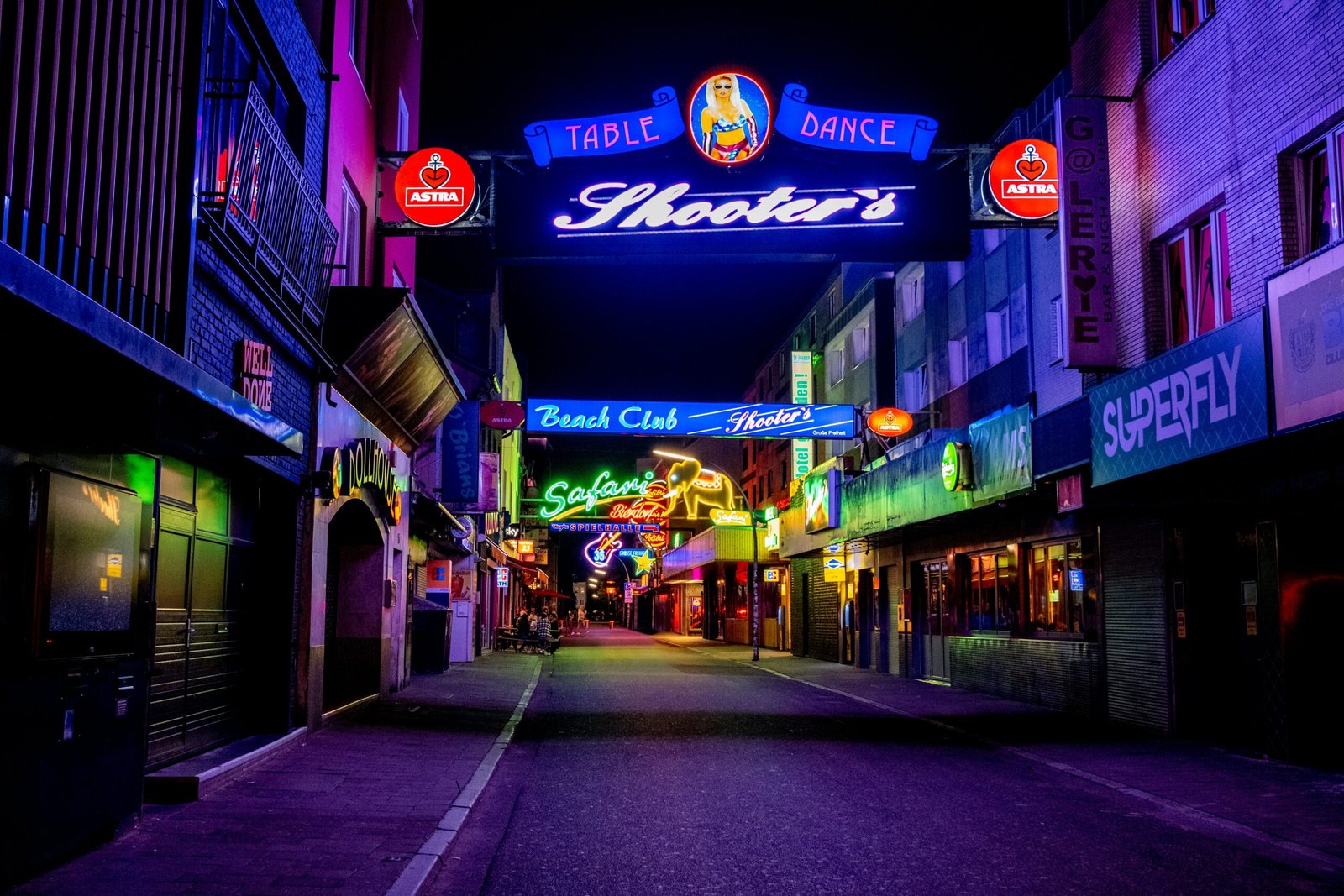The Portrayal of Strip Clubs in Movies, Television, and Music
Strip clubs have long been a subject of fascination in popular culture. They have been depicted in various forms of media, including movies, television shows, and music. The portrayal of strip clubs in these mediums has had a significant impact on public perception and has shaped the way people view this particular form of entertainment.
Movies
Movies have played a crucial role in shaping the public’s perception of strip clubs. From classic films like “Showgirls” to more recent releases like “Hustlers,” strip clubs have been portrayed in a range of ways. In some movies, strip clubs are depicted as glamorous and exciting places, where the dancers are empowered and in control. These films often focus on the personal stories and struggles of the dancers, shedding light on their lives beyond the stage.
On the other hand, there are movies that portray strip clubs in a more negative light. These films often highlight the exploitative nature of the industry, showing the darker side of strip clubs and the challenges faced by the dancers. They may depict the dancers as victims of their circumstances, forced to work in a profession they would rather not be a part of. These movies aim to raise awareness about the potential exploitation that can occur in strip clubs.
Television
The portrayal of strip clubs on television has been equally diverse. Some shows, such as “The Sopranos” and “The Deuce,” have depicted strip clubs as integral parts of their storylines, exploring the relationships between the characters and the dynamics within the clubs. These shows often provide a more nuanced portrayal of strip clubs, showcasing both the positive and negative aspects of the industry.
However, there are also television shows that sensationalize strip clubs, focusing primarily on the sexual aspects and using them as a source of titillation. These shows tend to perpetuate stereotypes and reinforce the objectification of women. They may present strip clubs as nothing more than venues for male fantasies, disregarding the experiences and agency of the dancers.
Music
Strip clubs have also been a recurring theme in music, particularly in hip-hop and rap genres. Many artists have referenced strip clubs in their lyrics, often portraying them as places of luxury and excess. These songs often celebrate the dancers and their skills, emphasizing the financial rewards that come with their profession.
However, it is important to note that the portrayal of strip clubs in music is not always positive. Some songs shed light on the exploitative nature of the industry and the challenges faced by the dancers. These songs may criticize the objectification of women and highlight the societal issues surrounding strip clubs.
Impact on Public Perception
The portrayal of strip clubs in movies, television, and music has undoubtedly influenced public perception. For some, these portrayals have humanized the dancers, providing insight into their lives and struggles. They have challenged stereotypes and shed light on the complexities of the industry.
However, it is also crucial to acknowledge that these portrayals can perpetuate harmful stereotypes and contribute to the objectification of women. They can reinforce the notion that strip clubs are solely for male pleasure and fail to recognize the agency and autonomy of the dancers.
It is important for consumers of popular culture to critically analyze the portrayal of strip clubs and consider the potential impact it may have on public perception. By engaging in discussions and promoting diverse narratives, we can challenge the existing stereotypes and foster a more nuanced understanding of strip clubs and the individuals who work in them.

